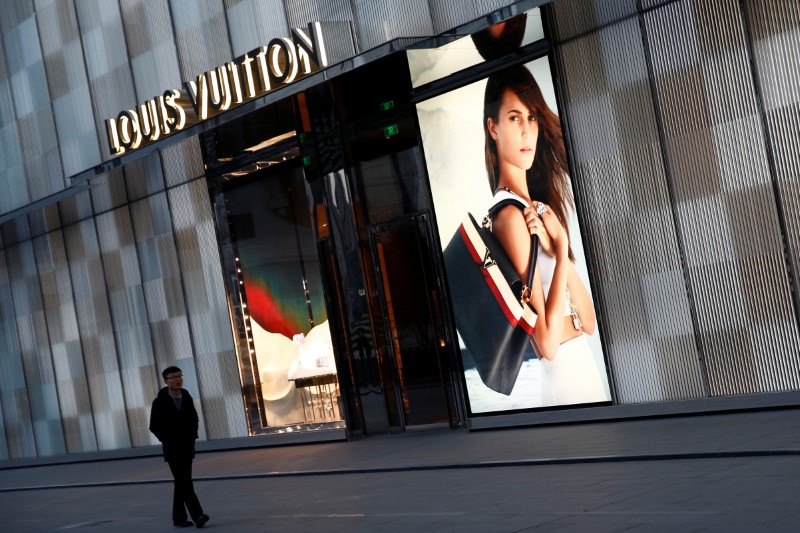Inversting.com -- The luxury sector is currently facing a series of key debates among investors, shaped by the sector's performance, consumer behavior, and macroeconomic factors.
As per analysts at Morgan Stanley, several major themes have emerged that define these investor debates, centered around demand trends, pricing strategies, regional market dynamics, and operational challenges.
A big portion of the luxury sector’s growth over the past two decades has been driven by Chinese consumers.
In 2019, Chinese nationals accounted for roughly 33% of sales across major luxury brands, making this market a key focus for investors.
However, since the pandemic, the demand from Chinese consumers has softened, both domestically and abroad. For instance, in the first half of 2024, LVMH saw deceleration in demand from Chinese consumers, with growth in the Fashion and Leather Goods (F&LG) division dropping from 9% in the first quarter to 6% in the second quarter.
This decline has raised questions about whether there is a structural shift in Chinese demand. Some investors argue that the negative wealth effect and demographic challenges in China, such as an aging population, may lead to a prolonged reduction in spending power.
Others maintain that once economic conditions improve, Chinese consumers could return to their previous levels of spending, spurred by a high savings rate and growing demand for social status through luxury goods.
Another key debate centers on the pricing strategy of luxury brands, which has pushed the middle-income consumer out of the market. With prices for leather goods and entry-level products rising, luxury companies risk alienating the aspirational customer segment that had been a significant driver of growth.
As a result, some investors fear that the luxury sector’s market will shrink to serve only the ultra-wealthy, while others believe that brands will adapt by introducing more entry-level products to recapture the aspirational consumer.
However, with pricing mix expected to turn negative this year, luxury companies might face challenges balancing volume and pricing strategies to maintain growth.
In the United States, there has been an unusual decoupling between household wealth and luxury spending. Historically, luxury spending tracked closely with the rise in household wealth, particularly in relation to stock market performance.
However, despite U.S. household net worth increasing to 5.7 times GDP in the first quarter (almost a record high), luxury spending has not recovered as expected.
Bulls expect that spending by U.S. consumers will eventually rebound as wealth effects kick in, but bears argue that luxury spending in the U.S. is unlikely to recover swiftly.
The core issue is that much of the wealth increase is concentrated among Baby Boomers and older generations, while younger consumers, who are key to the luxury market, have seen less of this wealth growth.
Following the pandemic, the luxury sector experienced a boom, with topline growth averaging 11.5% CAGR from 2019 to 2023, nearly double the historical rate.
This has led investors to debate whether the sector is now entering a "digestion phase" that could last one to three years. This phase is characterized by slower growth as consumers cut back after making significant luxury purchases post-pandemic.
Some investors believe that the sector will experience only a short-term slowdown before returning to its growth trajectory, while others argue that the market could take up to three years to fully absorb the excess demand generated during the pandemic.
The luxury sector saw a notable expansion in margins during the post-pandemic recovery. Companies like Hermès and LVMH saw their operating margins rise sharply, driven by strong sales growth.
However, with growth slowing and operating expenses rising due to inflation and increased hiring, investors are concerned about potential margin compression.
With many investors questioning the sustainability of growth in the luxury sector, there is widespread concern about potential derating. Historically, luxury brands have traded at high multiples due to their consistent growth and brand momentum.
However, with growth projections moderating to low-single-digit percentages, there is pressure on valuation multiples to reflect this more subdued outlook.
